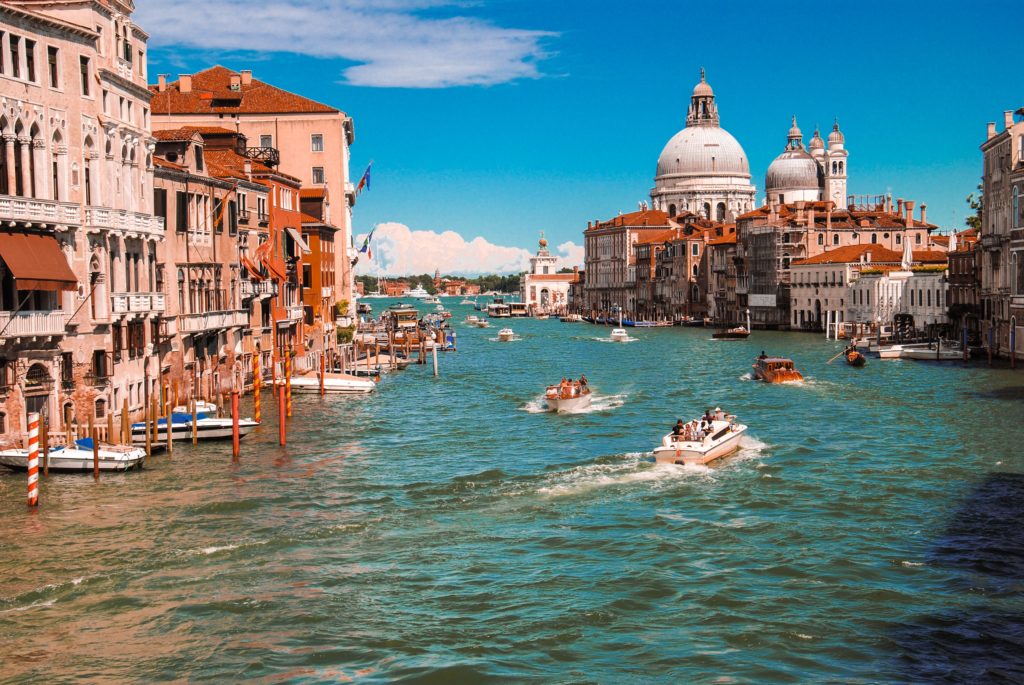Italy has a rich and interesting history. Rich in art, culture, and architecture; there are dozens of the most exquisite sites listed by UNESCO as World Heritage Sites in most of its major cities such as Rome and Florence. The country has the eighth largest economy in the world with many companies, businesses, and a rapidly growing European market. Italy is considered a hub of business opportunities for foreign investors from around the world and its residents.

Here are some reasons why investors see Italy as a market worth investing in.
The Italian Economy
The international monetary fund declared that Italy has the third-largest economy in Europe and the eighth largest in the world, with an annual GDP of around 2 trillion dollars. The country’s domestic market boasts of several investment opportunities, plus a growing economy, a GDP per capita of more than 30,000 dollars, and a population of more than 60 million persons. The net worth of Italian households is 8 times their disposable income, higher than that of the US, Germany, and Canada. According to the Bank of Italy, debt in the country remains relatively low, an average of 82% of disposable income.
A strategic link connecting global markets
Italy acts as a major pathway to the European Single Market and its millions of foreign and local consumers. To Northern Africa and the Middle East, it serves as a bridge linking Europe to further millions of potential customers. Also, the country’s market bridges the gap between Southern Europe, Central Europe, and Eastern EU countries. The best thing about the country is its transport networks in and out of the cities. This includes 6,800 km of m and over 1,000 km of high-speed railways with top speeds, as well as ports in strategic locations for maritime freight and transshipment and flights.
A global manufacturing and export expert
Italy has the second-largest manufacturing economy in Europe with Germany just slightly surpassing it. Ranking sixth among the top manufacturers in the world. The country has a vast manufacturing trade in commodities such as bags, shoes, clothing items, et cetera. For more than 30 years, Made in Italy has been a household name in most countries in the world.
Experienced and skillful labor
The overall quality of the Italian workforce is high. This is due to the high level of tertiary education in the country. In Italy, over twenty of its home universities rank top in the 500 academic institutions in the world. Workers in Italy receive lower hourly labor costs below the Eurozone average as compared to bigger cities such as France, Germany, the United Kingdom, et cetera.
Improves competitiveness with policies and incentives
Tax credit schemes aid companies in Italy to improve their competitiveness. A 50% tax credit for private investments, a 40% reduction on investments in capital goods, and a 150% on investments in digitalization and Industry. After the 2016’s “Industria 4.0” national plan, the country now has one of the most lucrative fiscal environments among developed countries for digital investments.
Business growth
A comprehensive reform strategy is in place to create a more friendly business environment, simplify and adjust regulations, and improve education. In addition to the already mentioned “Industry 4.0” plan and the comprehensive policy strategy of high-tech innovative and start-up companies, in recent years, the labor law has undergone a detailed reform, introducing more tax treaty flexibility, and oil and gas. The exploitation of resources has eased, new financial instruments for real estate are being made available, and business courts for foreign investors have been set up.
Italy is open to foreign investments
In the Italian economy, multinational companies play undoubtedly important roles. These days, industrial foreign affiliates employ 11% of total workers, produce more than 20% of domestic turnover, and export 26% of Italy’s national exported goods. As stated by the FDI Confidence Index in 2017, Italy ranks 13th on the list, surpassing even countries such as the Netherlands, Sweden, and Ireland.


